There can be your advertisement
300x150
How to Protect a Private House from Fire: 9 Valuable Tips
It is difficult to completely exclude the probability of a fire in a house, but minimizing its consequences and protecting your own lives is quite realistic. Follow the advice of professionals
Tip #1: Follow Established Safety Standards
For multi-apartment buildings, strict norms and fire safety declarations are in place, without which the building will not be accepted into operation. Owners of private properties should themselves check and analyze the fire safety system of their home. For country houses, compliance with established norms is especially important due to their remoteness from large cities: it takes more time for the fire brigade to arrive. It is best to plan safety measures during the architect's design stage.
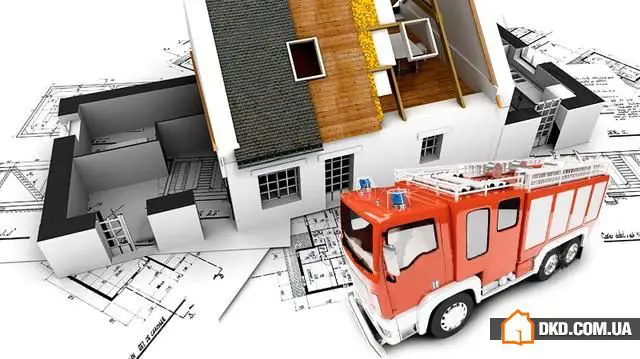
Tip #2: Keep Electrical Wiring Under Control
One of the weakest points and frequent causes of fires is electrical wiring. The layout of its scheme should be well planned and reflected in the project along with other engineering networks. According to norms, all electrical cables must be protected by non-combustible insulating materials, and aluminum wiring is preferable to copper – more reliable and safe.
Outlets and switches should be placed at least 60 cm away from water sources. It is important to provide a grounding system and a circuit breaker in case of a short circuit. Practice shows that a responsible approach to electrical wiring installation and diagnostics in the house reduces fire risks by one-third.
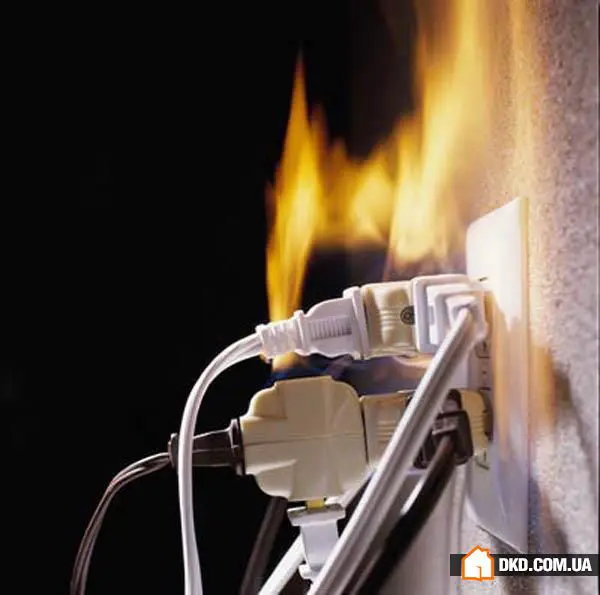
Tip #3: Plan the Location and Layout of the House
According to fire safety norms, a residential house can be built no closer than ten meters from other buildings and no closer than eight meters from a garage. However, in practice, garages often occupy the first floor of a house or are tightly adjacent to it. In such cases, a fire-resistant vestibule with an iron door should be installed. To avoid trapping yourself in a fire at the main entrance, it is important to provide an evacuation exit, and for larger homes – no less than two. For the same reason, it is not recommended to protect windows with grilles or roller shutters – they will become dangerous obstacles during a fire.

Tip #4: Install Fire Protection Systems
In recent years, fire alarm systems and automatic fire suppression systems have become increasingly popular. They are installed not only in offices, shopping centers, and factories but also in private homes. This solution significantly increases the safety of families and the preservation of property, but requires significant financial investment. It is important to choose an optimal option for a specific house, avoiding overpayment and poor-quality products.
There is a wide range of sensors on the Russian market: open flame, gas, thermal, smoke, heat-smoke. When choosing sensors, it is important to note that each one responds to a specific type of danger indicated in the device name. For example, a thermal sensor is effective in a sauna, and a smoke detector – in smoking areas. It is important to correctly select the installation zones of security devices. Areas of high risk in a house include locations of electrical and gas equipment (electrical panel, boiler room), stairwells, as well as the previously mentioned sauna and garage.
For automatic suppression systems, a powder type is optimal. It is environmentally safe, easy to install and maintain, and affordable. Other systems – sprinkler and deluge – are typically used in industrial settings.

Tip #5: Choose Safe Building and Finishing Materials
Today, great attention is paid to the aesthetics and practicality of construction and finishing materials. However, one should not forget about their safety, including fire safety. There is a classification by which construction materials are divided into two groups: non-combustible and combustible (marked as NG and G).
The determining properties are the following indicators: ignition temperature; smoldering temperature; burning rate; smoke formation; toxic substance release during combustion.
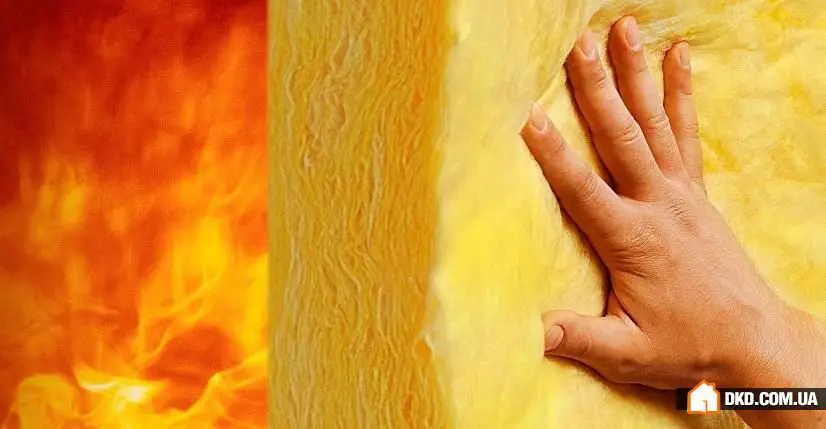
Materials in the NG group contain up to 8% organic substances (stone, concrete, brick, ceramic tiles, stone wool, and others). Within the group of combustible materials, there is an additional division into four categories with corresponding numbering (GOST 30244-94):
G1 – hard-to-ignite (gypsum board, PVC products, fiberglass); G2 – difficult to ignite (hardwood with fire-retardant treatment, plywood); G3 – medium combustible (softwood, particle board, fiberboard, cork flooring); G4 – easily flammable (foam plastic, polypropylene, polystyrene, composite materials from plastic). The higher the number, the more dangerous the material. The same principle applies to additional classification of combustible materials based on indicators such as: flammability (V1, V2, V3); flame spread (RP1, RP2, RP3, RP4); smoke generation (D1, D2, D3); toxicity (T1, T2, T3, T4). Ultimately, all of the above indicators taken together allow classifying construction materials into various fire hazard classes (KM0, KM1, KM2, KM3, KM4, and KM5). Responsible manufacturers place this information on packaging, and the absence of such details may be a warning sign and reason to refuse questionable purchases.
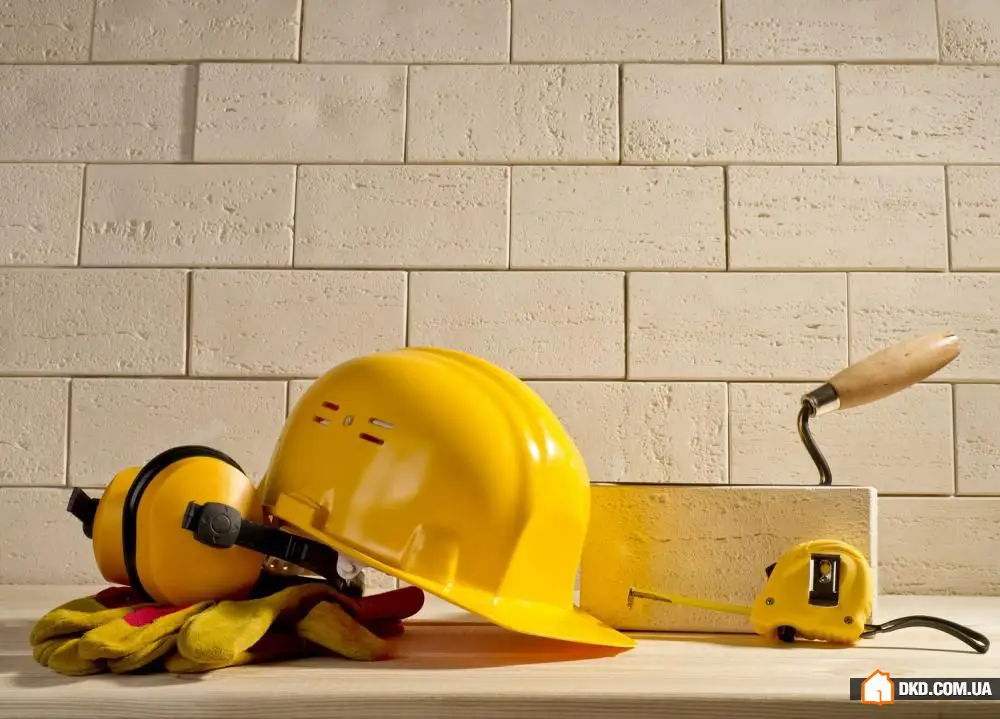
Tip #6: Use Non-Combustible Treatment
When building your own house, initially choose non-combustible materials. But not everything can be foreseen in advance. For example, a house might be built from non-fire-resistant brick rather than the popular wood in our country. In such cases, it is advisable to use special treatments. They cannot fully protect wood from fire but allow buying time until ignition occurs, giving a chance to prevent disaster. These treatments should be periodically renewed.
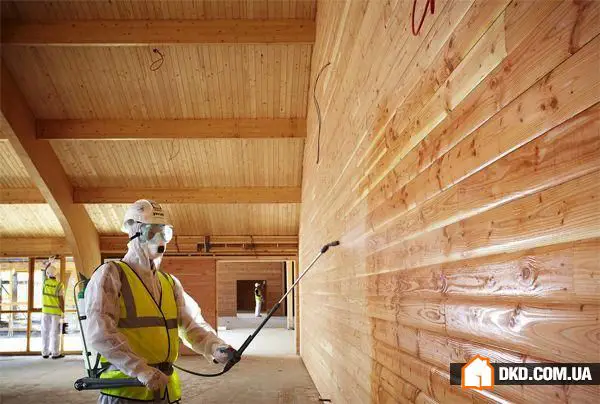
Tip #7: Use Fire-Resistant Insulation
One of the best materials that significantly improve fire safety in buildings is stone wool. It is made from basaltic rocks, melted, drawn into fibers, and formed into plates in a special way. Stone wool is a non-combustible material. It is environmentally safe, durable, resistant to moisture and mechanical impact. Its application area is incredibly wide.
Stone wool boards are used for roof, wall, floor, and foundation thermal insulation, soundproofing, and protecting chimney flues of stoves and fireplaces. The melting point of stone wool fibers exceeds 1000°C, which is significantly higher than the temperature at which a fire burns. Therefore, stone wool does not burn by itself and prevents flame spread.
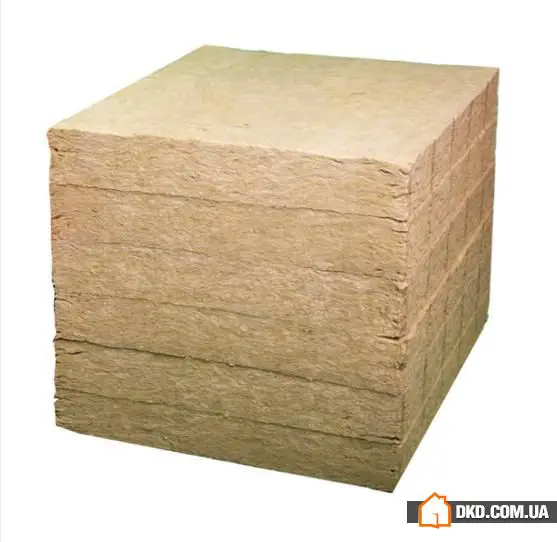

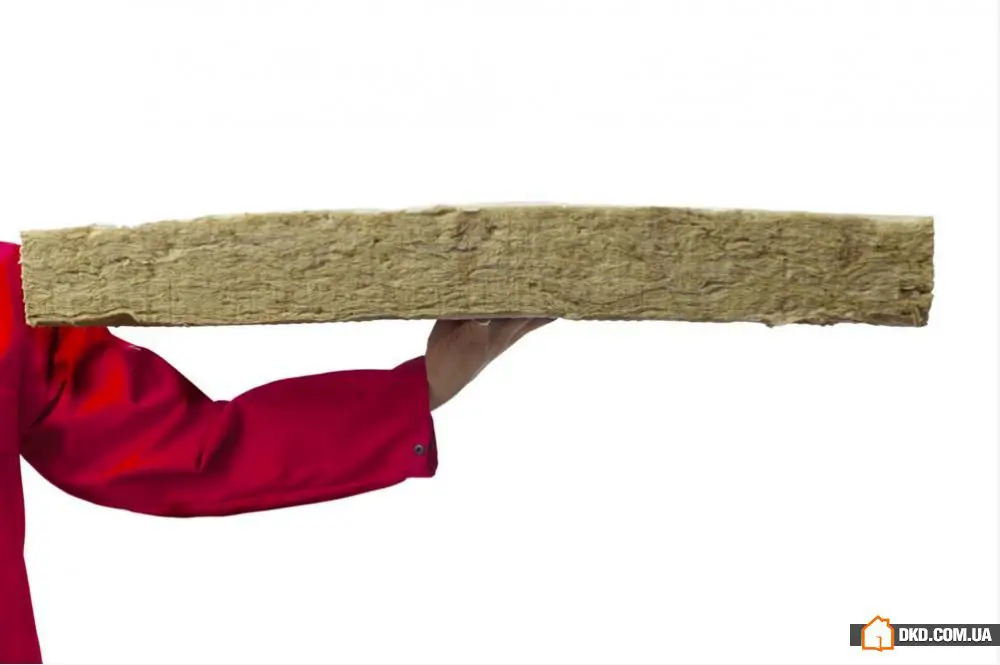
Tip #8: Provide Protection in Risk Zones
Favorite many stoves and fireplaces require a special approach to fire safety. A non-combustible floor strip at least 60 cm wide should surround them. Suitable materials include not only familiar iron sheets but also stylish ceramic tiles or natural stone. For a Russian stove or solid fireplace, a personal foundation is needed, which together with the chimney can be made safer using stone wool plates covered with aluminum foil.
Another risk zone is the sauna and bathhouse. For their thermal insulation, it is better to use stone wool with a foil top layer that reflects and retains heat. The natural origin of the insulation creates an ecologically favorable microclimate while maintaining fire-resistant effects. Stone wool boards with a foil layer significantly simplify the installation process, as there is no need to additionally mount vapor barriers.
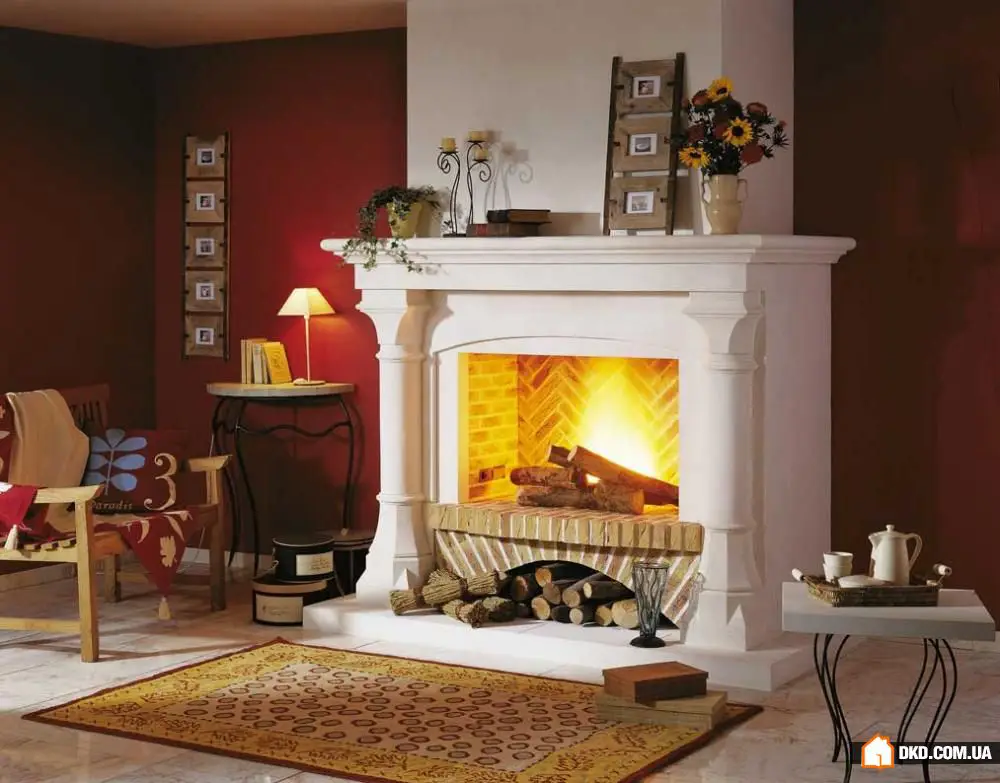
Tip #9: Have a Fire Protection Kit
Much depends on the homeowner's attitude towards their own well-being. Do not neglect such rules as having functional fire extinguishers, buckets with sand or barrels with water. It would be good to also plan external ladders for evacuation in emergencies.

More articles:
 18 Unbelievably Elegant Modern Bedroom Interior Designs
18 Unbelievably Elegant Modern Bedroom Interior Designs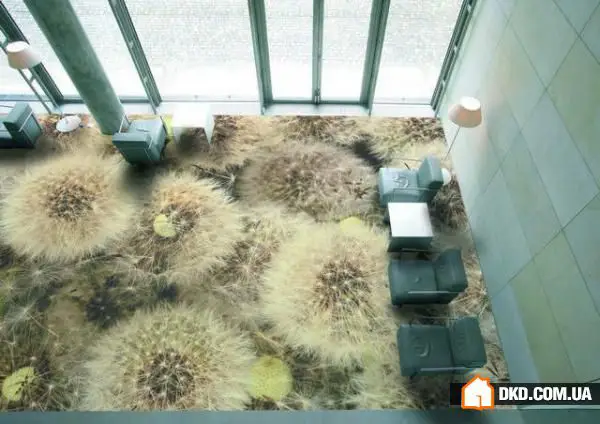 16 Amazing 3D Floor Designs
16 Amazing 3D Floor Designs Best Ideas for Using Glass Jars for Autumn Home Decoration
Best Ideas for Using Glass Jars for Autumn Home Decoration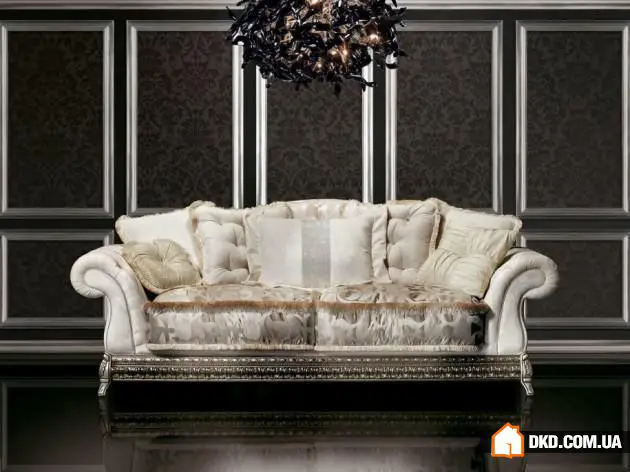 10 Elegant Italian Sofa Designs for Your Unique Living Room
10 Elegant Italian Sofa Designs for Your Unique Living Room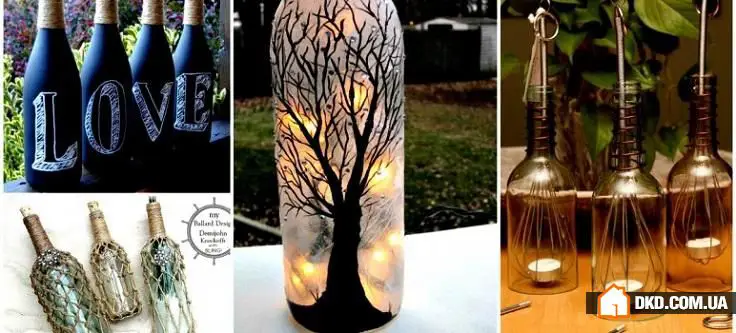 18 Ideas for Reusing Glass Bottles
18 Ideas for Reusing Glass Bottles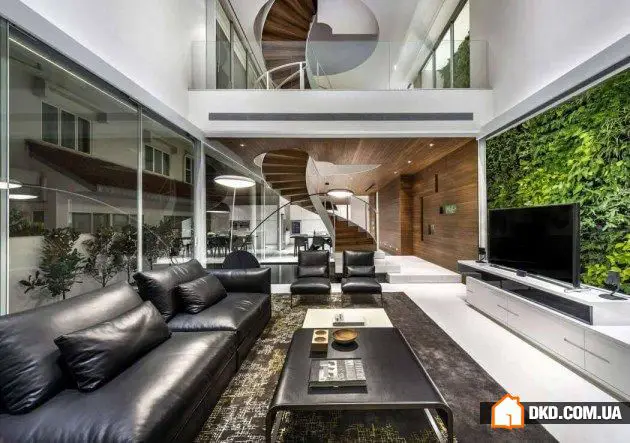 17 Amazing Living Rooms for Any Modern Home
17 Amazing Living Rooms for Any Modern Home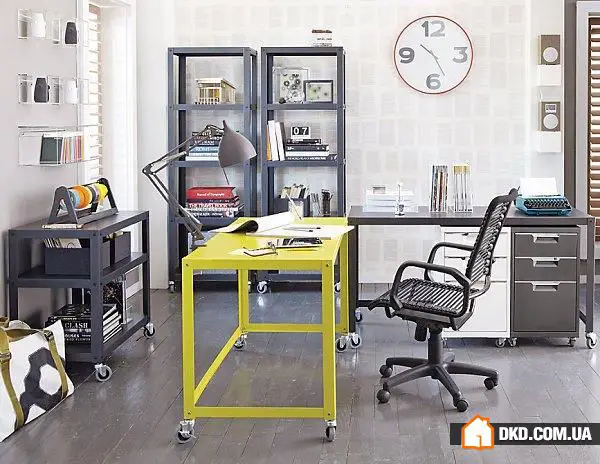 18 Motifs of Home Offices in Yellow Tones
18 Motifs of Home Offices in Yellow Tones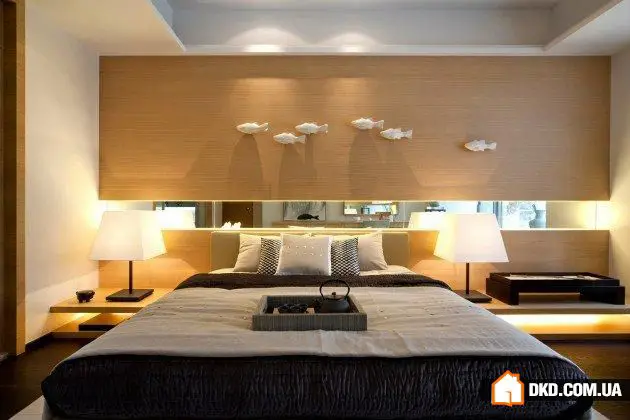 15 Zen-Style Asian Bedroom Designs
15 Zen-Style Asian Bedroom Designs